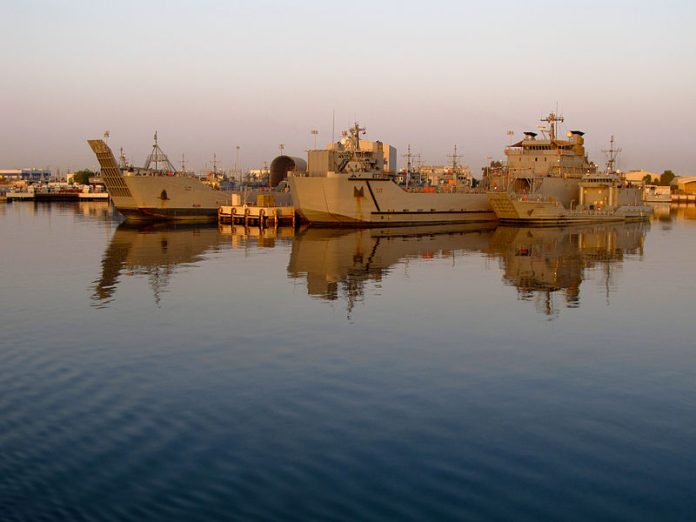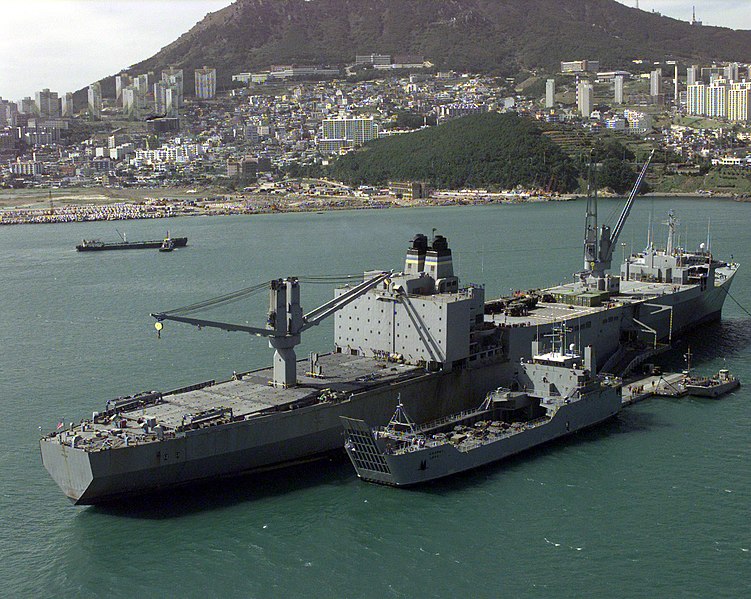
When the United States Army dispatched its largest watercraft, LSV-1, on a critical mission to construct a pier in Gaza, it signified more than a mere voyage; it showcased the military’s strategic expeditionary capabilities and the inherent duality of its watercraft program.
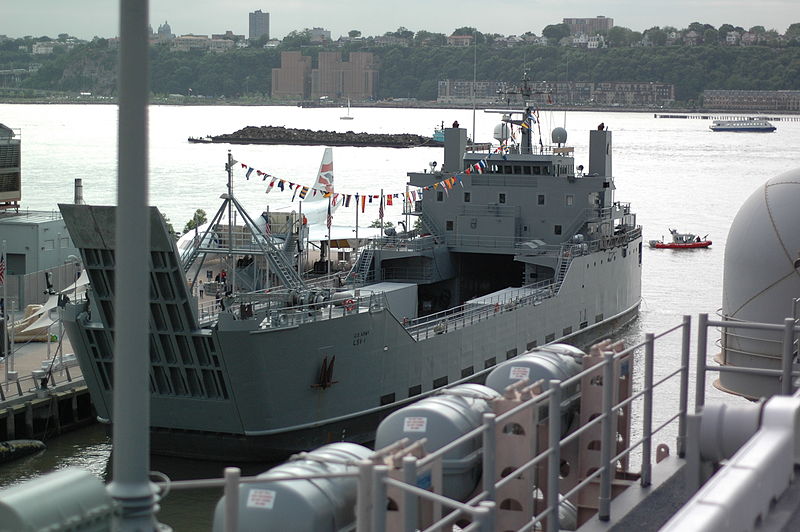
The deployment—carried out amidst logistical challenges due to Gaza’s lack of port infrastructure—also involved additional ships to establish a modular causeway system, highlighting the Army’s critical intra-theater lift capacity.

As these vessels set sail, the operation ignited a flurry of discussions about the Army watercraft program’s strategic positioning and future, particularly given the Pacific-focused contested logistics efforts.

Maj. Gen. Jered Helwig recently underscored the importance of such watercraft in the Pacific, raising questions about the balance of deployments against primary missions in this crucial theater.
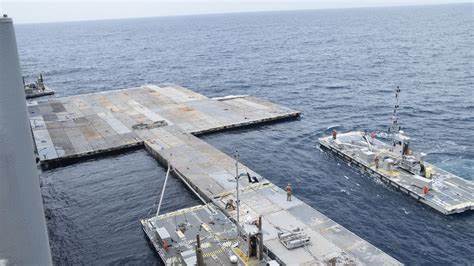
The Gaza mission, while primarily constructed as an administrative movement to transport critical capabilities to a region in need, resonates with a broader debate about the Army watercraft’s role.

Notably, President Joe Biden affirmed that no soldier would be on shore, a promise that steered the choice of the Army watercraft program for this task. However, this commitment and the humanitarian nature of the mission should not overshadow the program’s primary focus on future warfighting demands across various theaters.
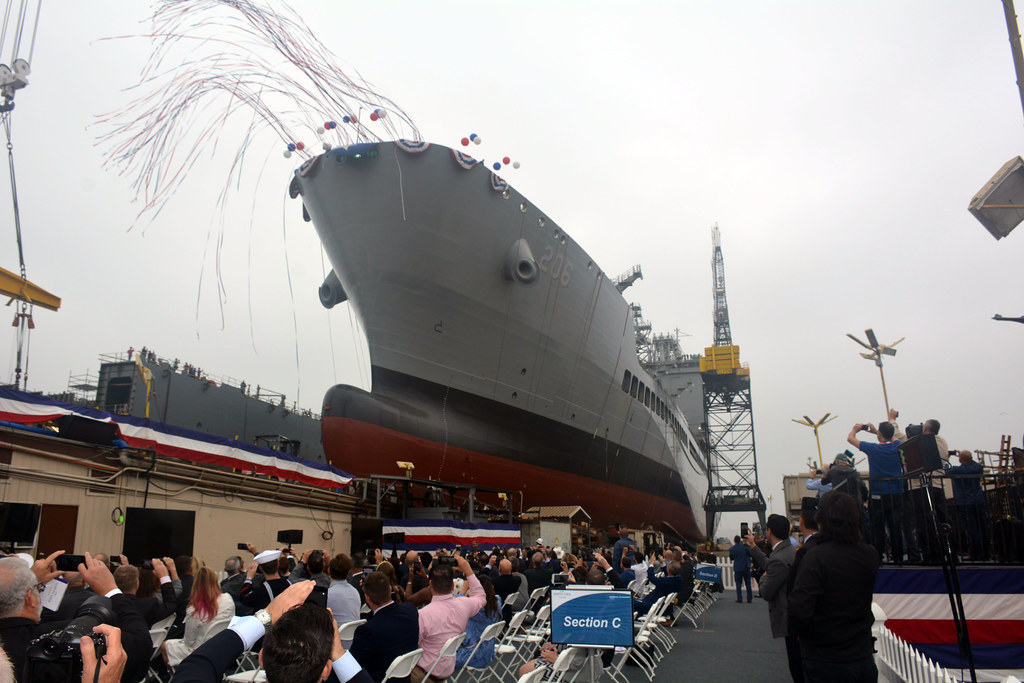
Army watercraft, with their unique design allowing operation in shallow depths, played a critical role in the Gaza pier construction. The logistic support vessels were especially valuable due to their capacity to handle fully loaded military vehicles and carry up to 2,000 tons of deck cargo, including containers and other watercraft.

This deployment may serve as a testament to the Army’s ability to forward-deploy capabilities where needed in a timely manner, yet it raises questions about the allocation and proper utilization of these resources given the potential theater needs.
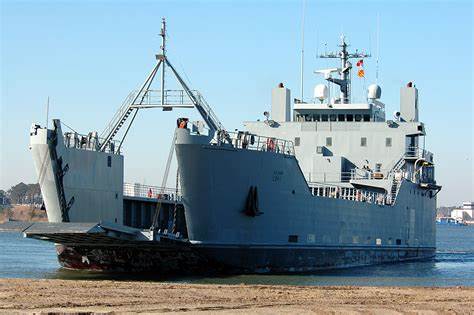
While the humanitarian aspect may spotlight the Army’s expeditionary role, it’s crucial to recognize that the force’s structure is not driven by such missions. Instead, these deployments should reflect the demands of future warfare and align with the expeditionary nature of the Army’s evolving concepts.
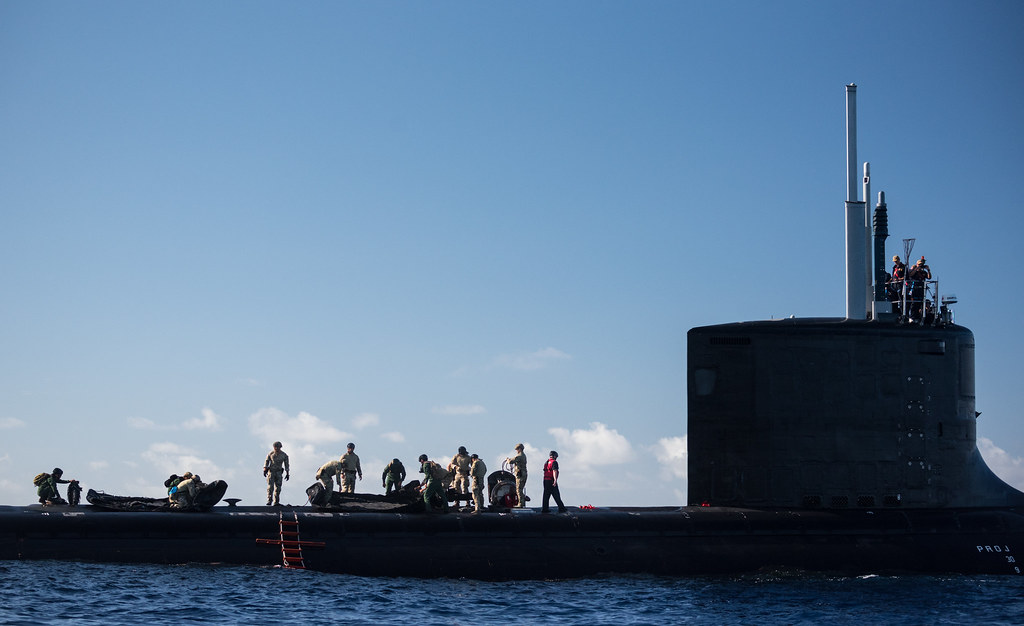
As the watercraft carried out their mission, they embodied the often-overlooked yet essential element of military operations—unseen until the moment they are needed, much like during historical events such as Operation Market Garden where the naval component, though invisible, was vitally important.
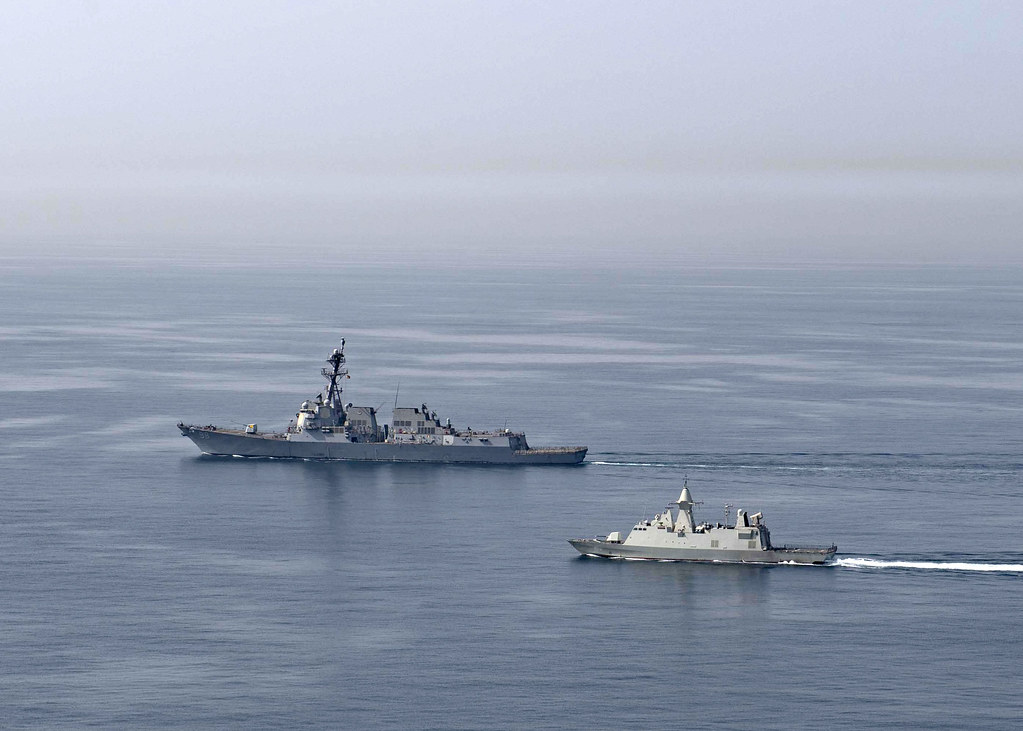
The current deployment serves as a reminder of the critical role of Army watercraft, both in peace and potential large-scale combat operations, and the necessity to invest in this capability.

In conclusion, as the Army navigates these uncharted waters, it is imperative to ensure the strategic relevance and potential of the Army watercraft program are fully understood and appropriately steered.
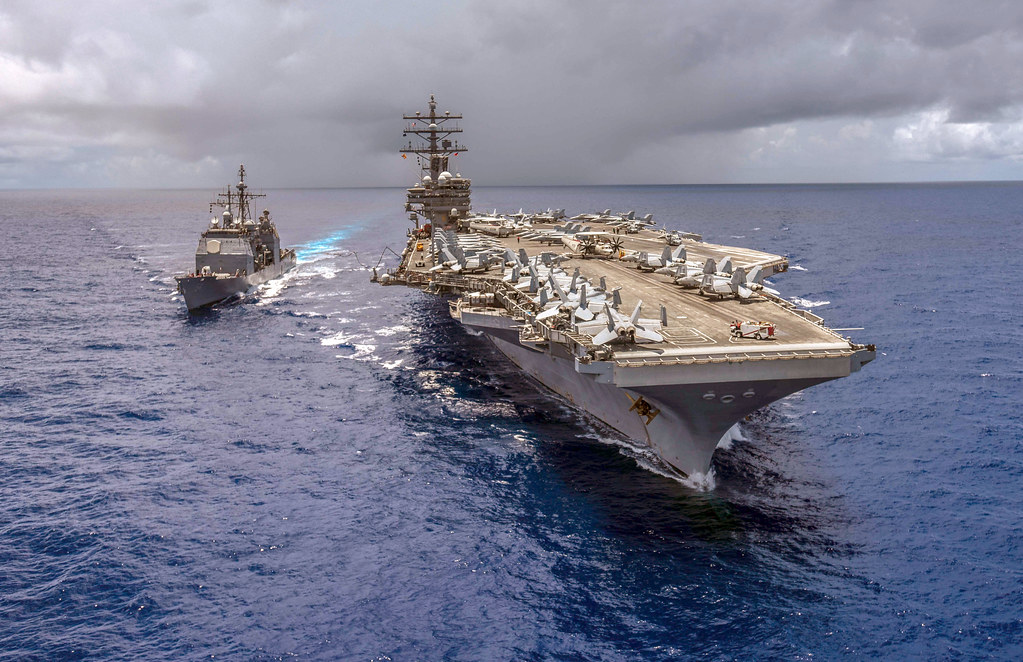
With the future landscape of military engagements ever-evolving, it is the task of leaders and strategists to question, debate, and ultimately shape the direction of this vital program to ensure it meets the demands of tomorrow’s conflicts.
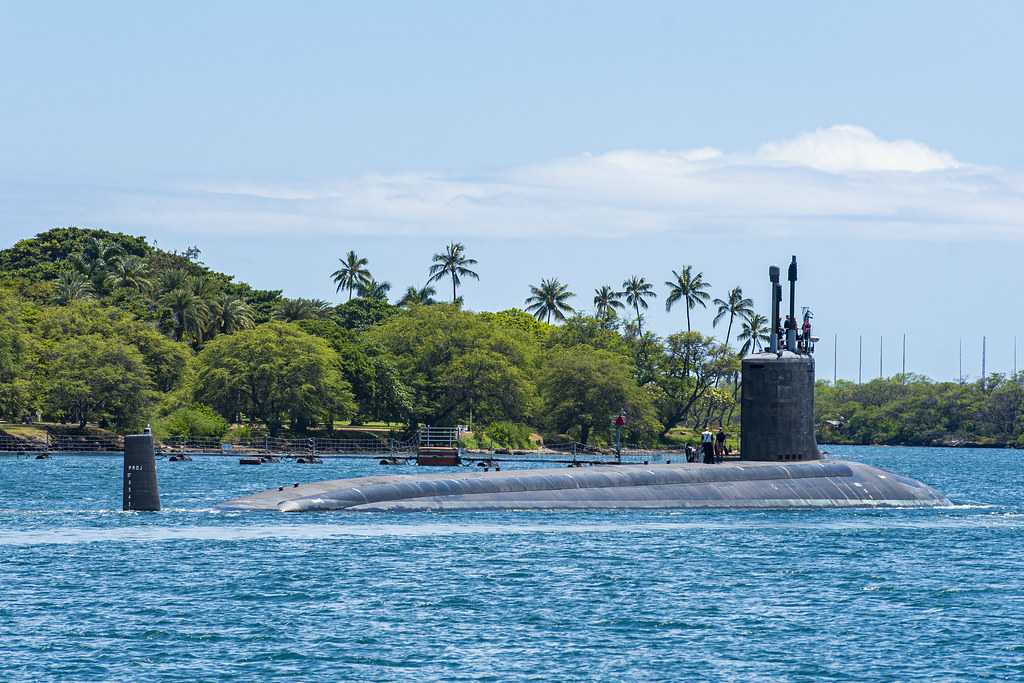
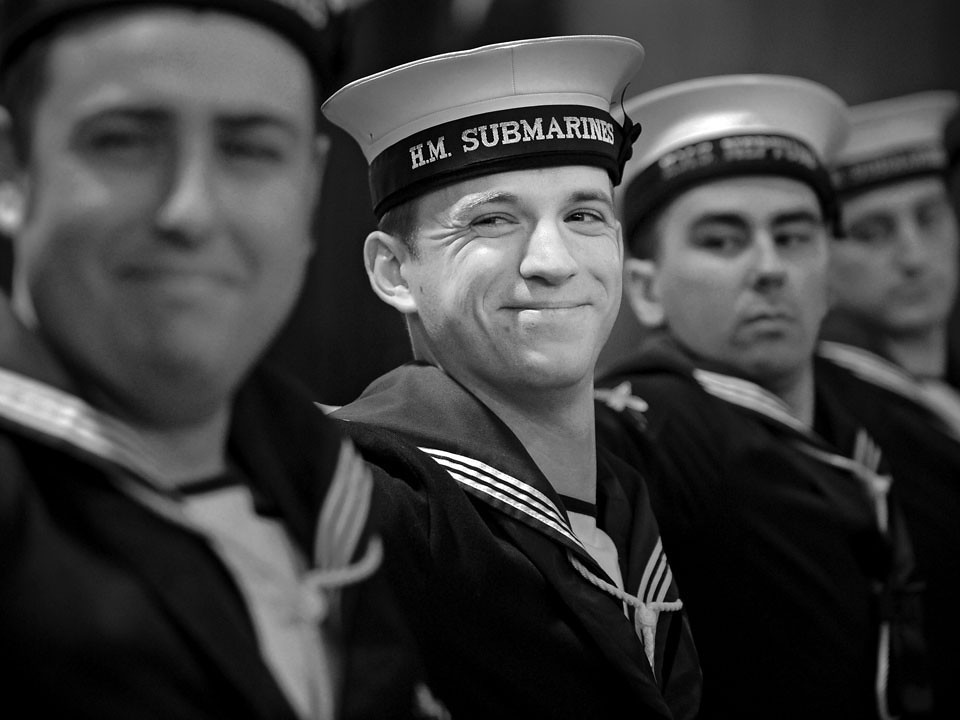
Relevant articles:
– Takeaways from the voyage to Gaza for the US Army’s watercraft program, Defense News
– U.S. Still Developing Gaza Pier Details as Crews Work to Prepare Components, USNI News
– U.S. Army Watercraft Are Overlooked, Until You Need Them, The Company Leader
